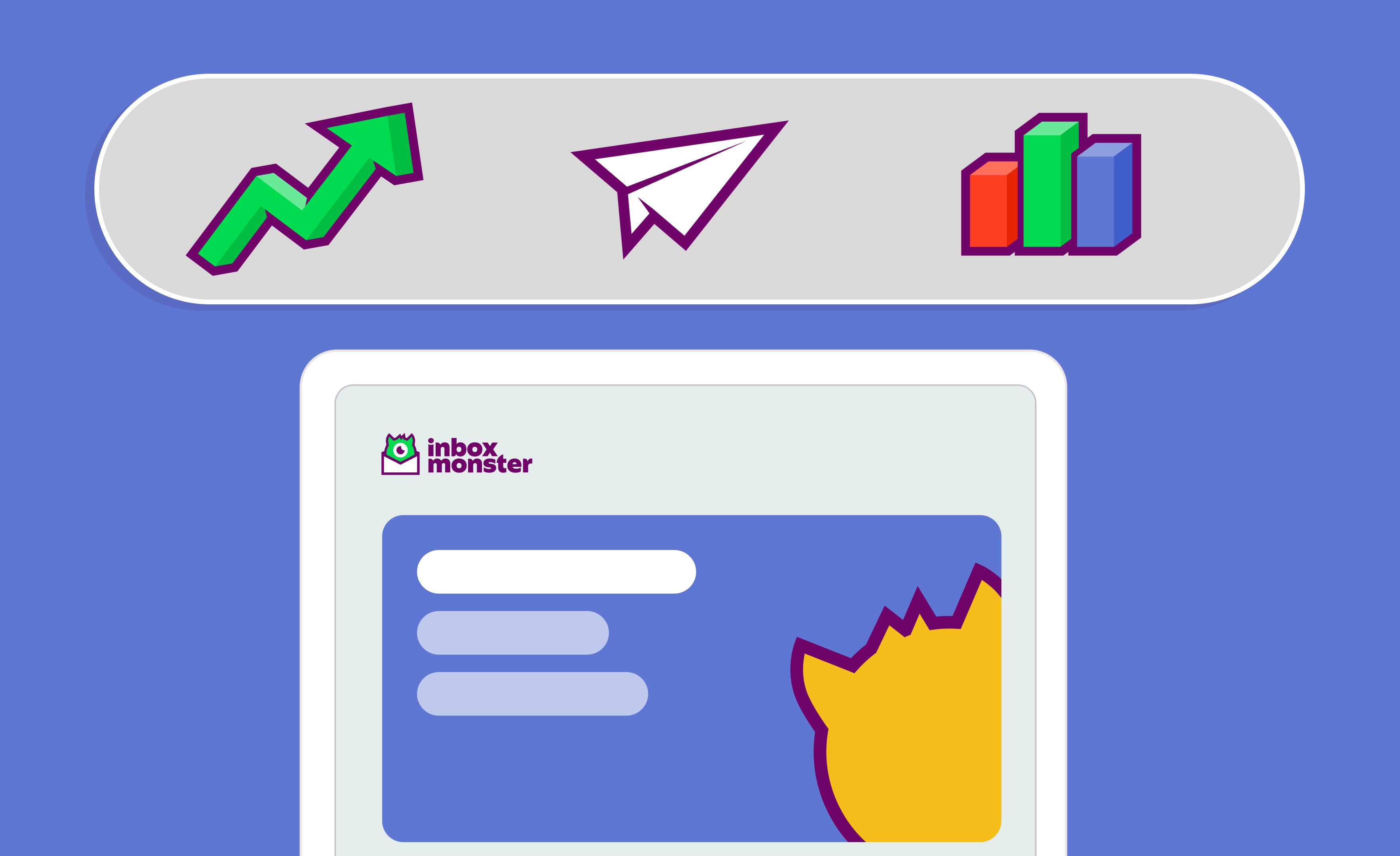Email can seem like a powerful elixir to boost sales. For some in your company, it might seem like more sending = more revenue. But striking the right cadence or sending frequency is actually a little more nuanced if you want to protect deliverability and the bottom line, as well as your brand’s reputation.
Frequency and cadence matter. As much as your content and design itself. So how often do you send emails? Annoying as it is: it depends. On your audience and the individual segments within your audience. On engagement and on the calendar.
Use this three-step formula for determining frequency:
- Let frequency for promotional content be determined by engagement. Pay attention to which promotional content a given subscriber or segment prefers and feel free to send that content more frequently.
- If it makes sense for your vertical and industry, mix in non-promotional content that is helpful, engaging or delightful. This is content that isn’t directly serving your self interest but serving theirs. It makes a huge difference in building trust and anticipation in the inbox.
- Let them tell you what they want. Don’t underestimate the power of the “opt down.” You might allow users to give immediate feedback in the footer of the email on whether they found this content relevant with a simple thumbs up or thumbs down. Or you might send subscribers to a more robust preference center to allow them to explicitly tell you what and how much they want to hear from you. Just be prepared to pay it off with more advanced segmentation.
- Another way to solve the frequency problem is with great tech. Using a tool like DESelect to optimize the specific sending volume and highest value content for each individual subscriber can work wonders, and save you the headache of complex segmentation.
Of course, you’ll be sending more during busy times like the holiday season, when more people are on the hunt for your goods and services and the inbox is a very crowded place. Typically we’d expect volumes to increase at least 25% during the holidays–but the key is a gradual increase to avoid any alarm bells.
Here’s why: ISPs are keeping tabs on how many people are opening and engaging with your emails, and this is the biggest factor in where you land in the inbox. They’re also closely monitoring complaints and a negative interaction far outweighs a positive one. (“Too much email” is the number one reason that people have a bad brand experience and issue a spam complaint, after all.) Taking care not to oversend–or undersend, for that matter–will help ISPs establish that you are a consistent and reputable sender. So let the holiday games begin.





